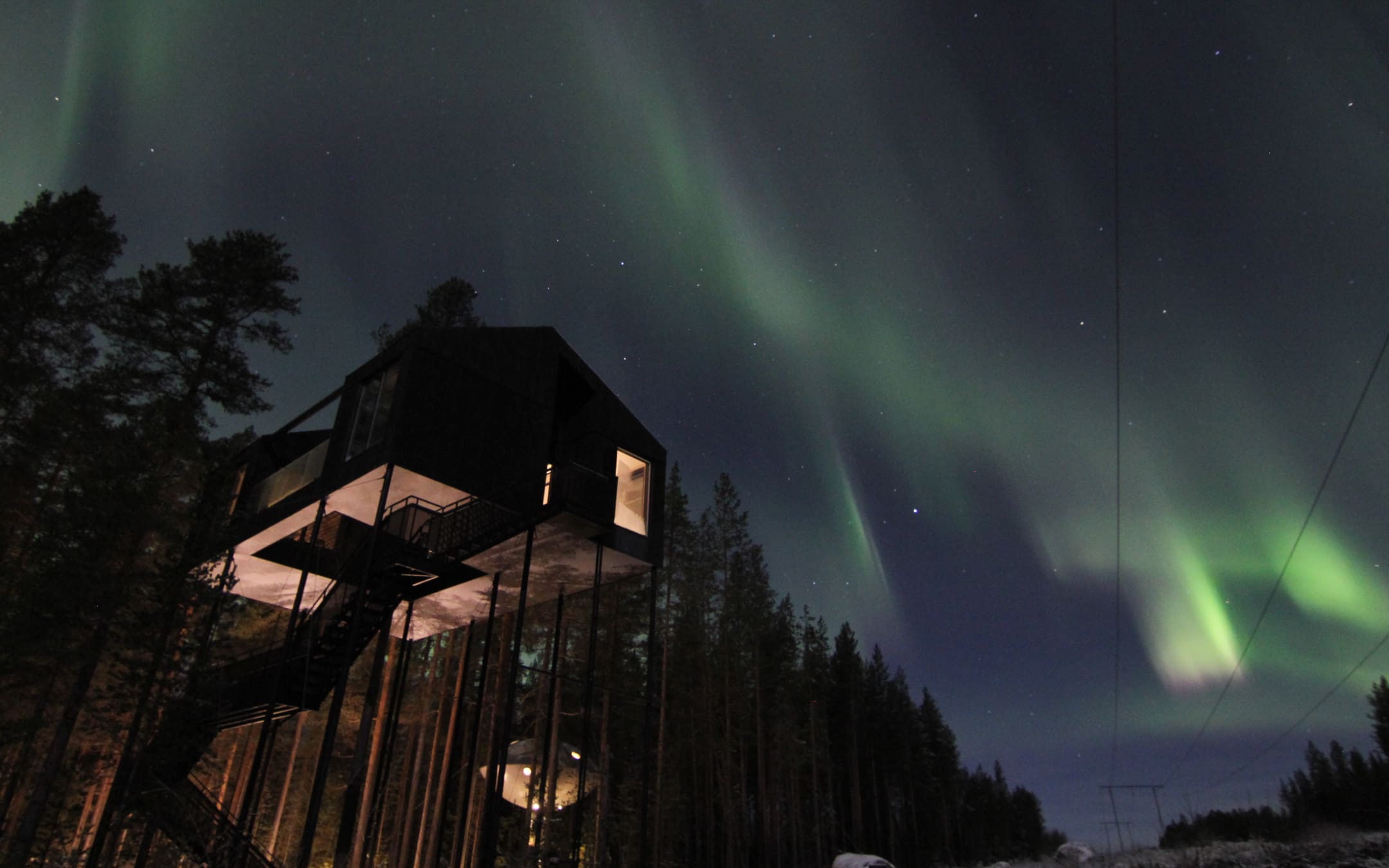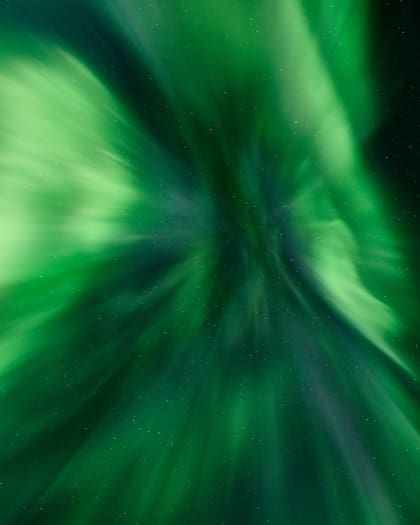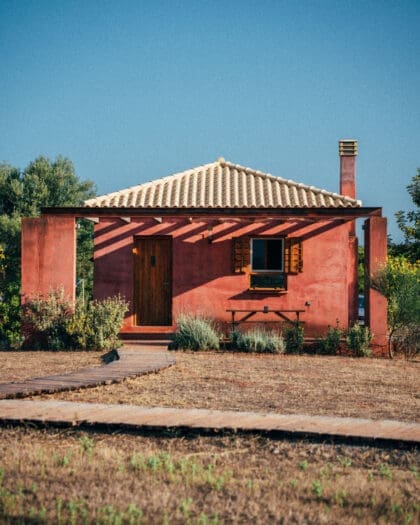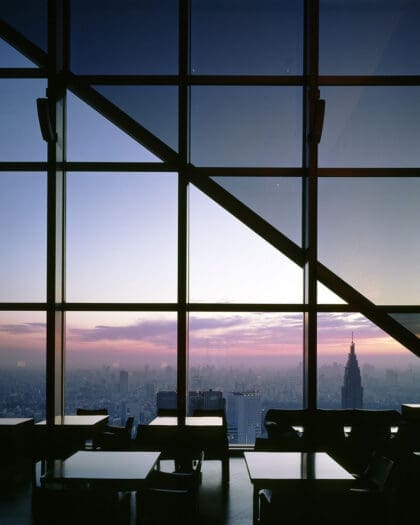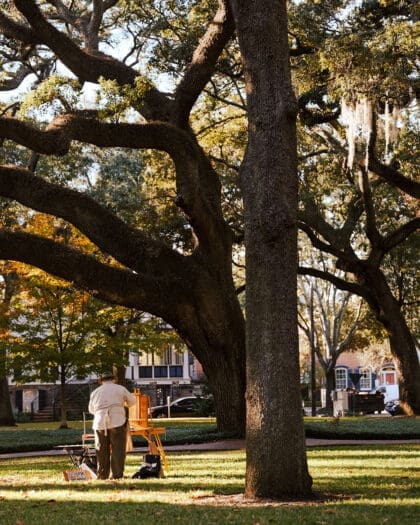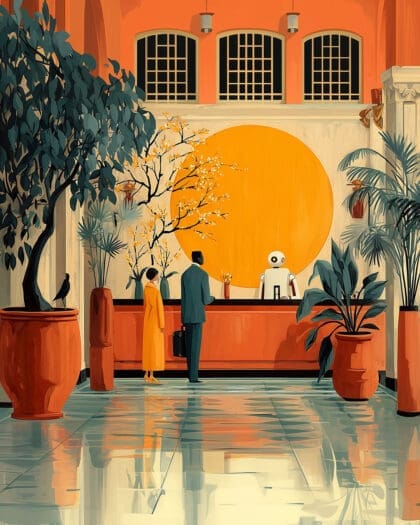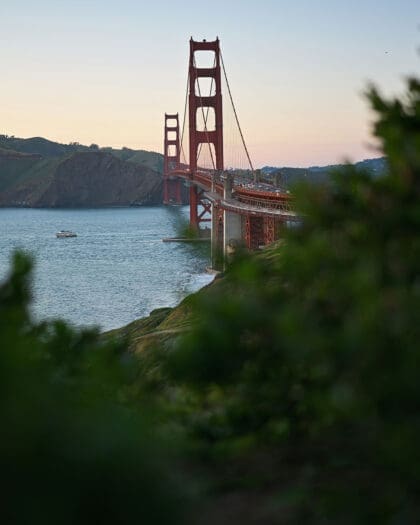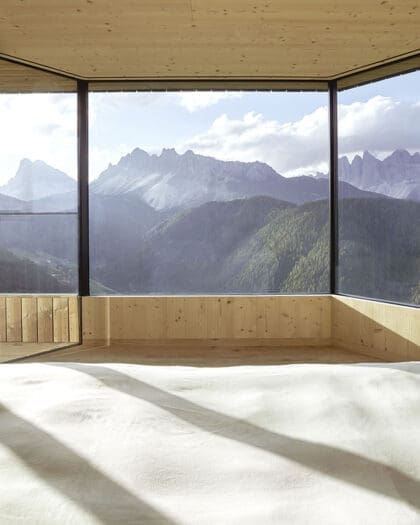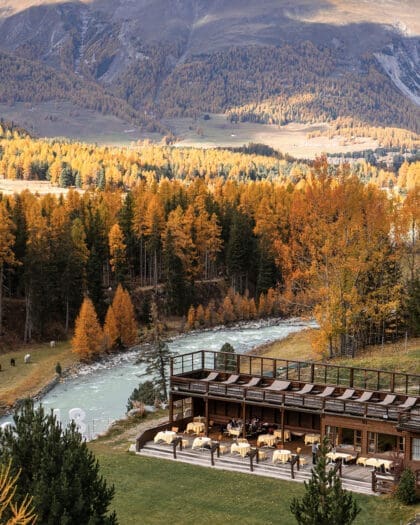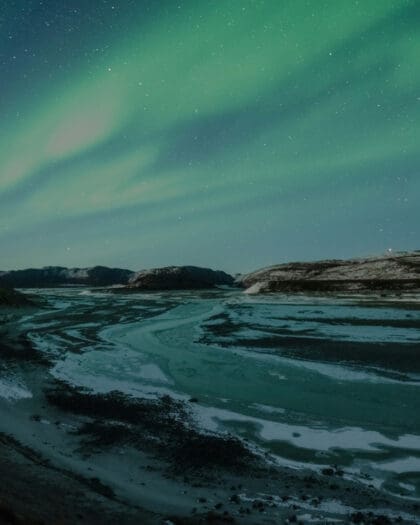
Why is everyone talking about… astrotourism?
With more of us than ever seeking out dark skies and natural phenomena on our travels, 2025 is shaping up as a stellar year. As the solar maximum reaches its peak, we look at astrotourism and the spectacular events set to light up the night sky
Anyone seeking a memorable travel experience this year might be advised to glance skywards. Building upon last year’s spectacular Northern Lights displays, which extended to parts of Europe not usually blessed with sightings, this year promises the potential of even brighter spectacles as the sun reaches the peak of its 11-year activity cycle – also known as the solar maximum.
The recent rise in solar activity – which promises more aurora displays – has contributed to a spike in what’s been called astrotourism, referring to travellers seeking out nighttime experiences such as star bathing, constellation tracking and moonlight hikes. In 2024, a report carried out by Booking.com showed that 62 per cent of travellers are seeking dark skies and nocturnal activities in their choice of destinations this year, while figures from Expedia highlight that, overwhelmingly, the Northern Lights is the phenomenon that we’re most willing to travel for.

So what’s the appeal of astrotourism? Increased evidence shows that this form of escapism can reduce stress and anxiety, as well as an opportunity to engage in an activity that’s as old as humanity itself. The demand also stems from people who don’t have dark skies on their doorstep, with figures showing that a staggering 99 per cent of Europeans live beneath light-polluted skies. Astrotourism also chimes with the rise in coolcations, with climate change enhancing the popularity of more temperate destinations.
As well as the solar maximum providing an excellent opportunity to spot the Northern Lights at their most vivid, this year we can also expect momentous eclipses, meteor showers, supermoons and high visibility of planets such as Mars, Venus and Saturn. For anyone aiming to align their travels with the stars above, here are this year’s most memorable moments worth having on your radar.
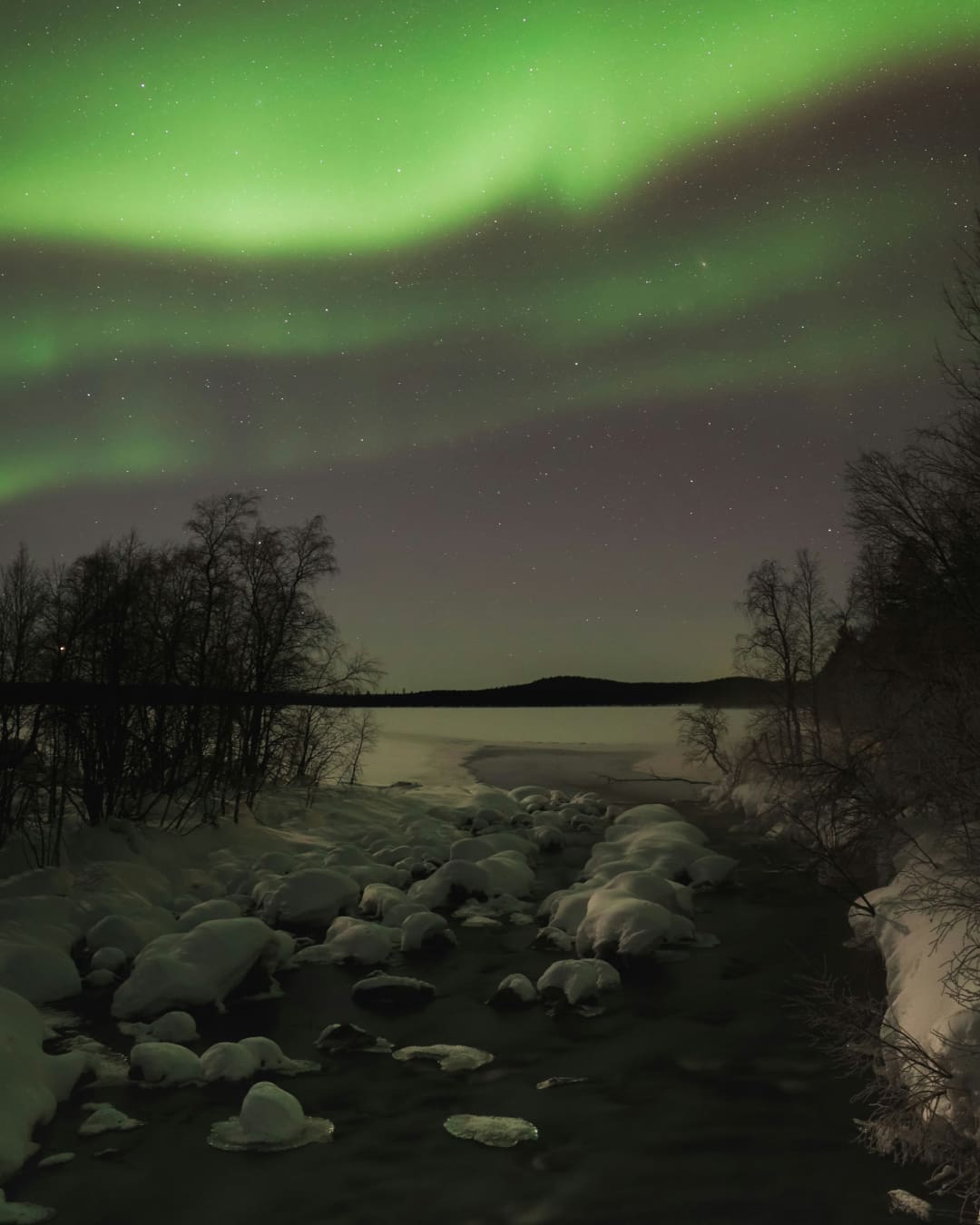
Why it’s hot
The solar maximum is expected to last until mid-2025, which means the next few months promise bigger, brighter and more frequent sightings of the Northern Lights across the auroral zone and beyond. What’s the trigger? As more active sunspots appear on the sun’s surface during the solar maximum, magnetic storms send electrically charged particles towards Earth, which react with gases in the earth’s atmosphere, creating stunning aurora displays.
In January 2025, a planetary parade – which happens when four or more planets reach the same point in their orbits – will see Saturn, Venus, Mars and Jupiter all shining bright overhead a couple of hours after dark. Elsewhere, there are three eclipses set to take place in 2025. On 14 March, a total lunar eclipse (when the Earth passes between the sun and moon, casting a shadow on the moon) will be visible across the Pacific, Americas, western Europe and western Africa.
Shortly after, on 29 March, a partial solar eclipse will be visible in Europe, Africa and the US, with another visible across Australia on 21 September, too. Later in the year, three supermoons (when the moon is at its closest point to Earth during its orbit, appearing 17 per cent larger and 30 per cent brighter than a typical full moon) will occur between October and December.
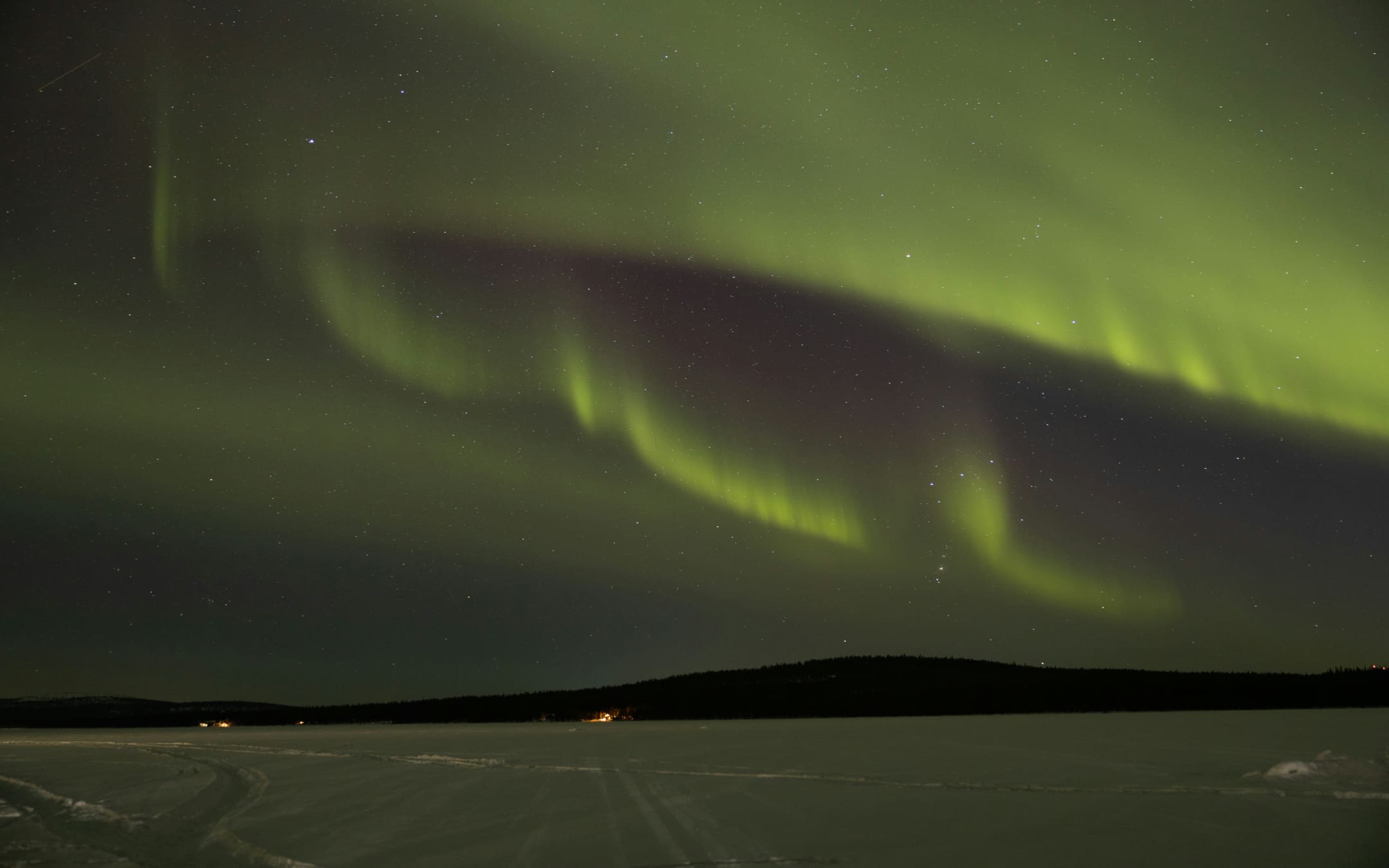
What to expect
Northern Lights will be active until April in the northern hemisphere when the sky is at its darkest and clearest. Finnish Lapland is a top aurora-spotting destination, with glass igloos and chic cabins for accommodation as well as activities such as snowmobiling and husky sledding all within easy each. Tromsø in Norway, Kangerlussuaq in Greenland and Maine in the US are all worth bookmarking for their aurora displays, too. In the UK, Scotland and Wales provide the highest likelihood of a sighting, especially within designated dark sky reserves such as Eryri National Park, Northumberland National Park and the Isle of Rum.
“One of the biggest challenges in curating Northern Lights itineraries is that there’s never a guarantee travellers will see the aurora. Predicting the Northern Lights is notoriously tricky, and even under ideal conditions, they remain elusive,” says Amy Hope of travel experience platform The Aurora Zone. “Selecting destinations based on their auroral records and minimal light pollution, as well as working with expert local guides who understand the conditions needed for a successful sighting is crucial.”
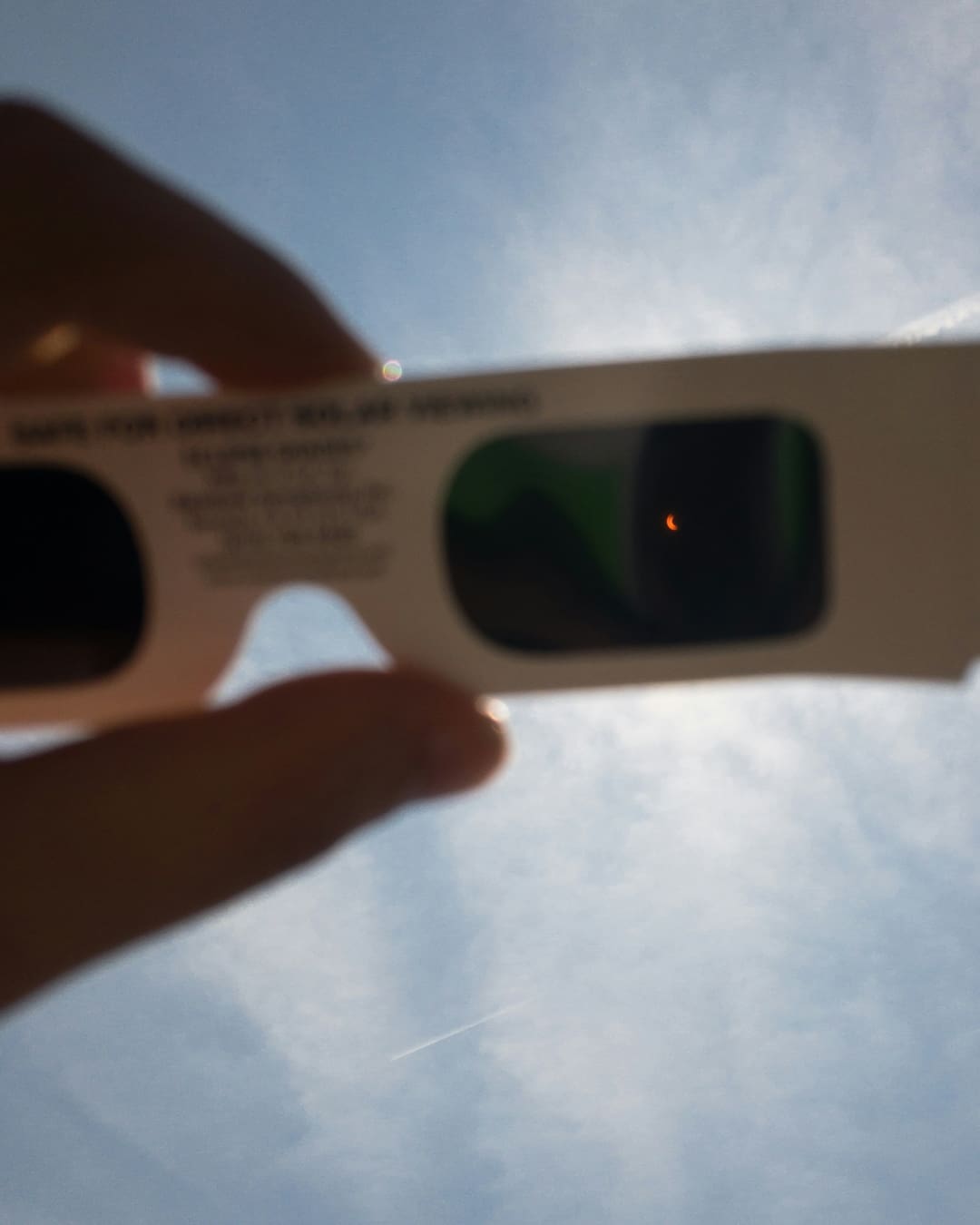
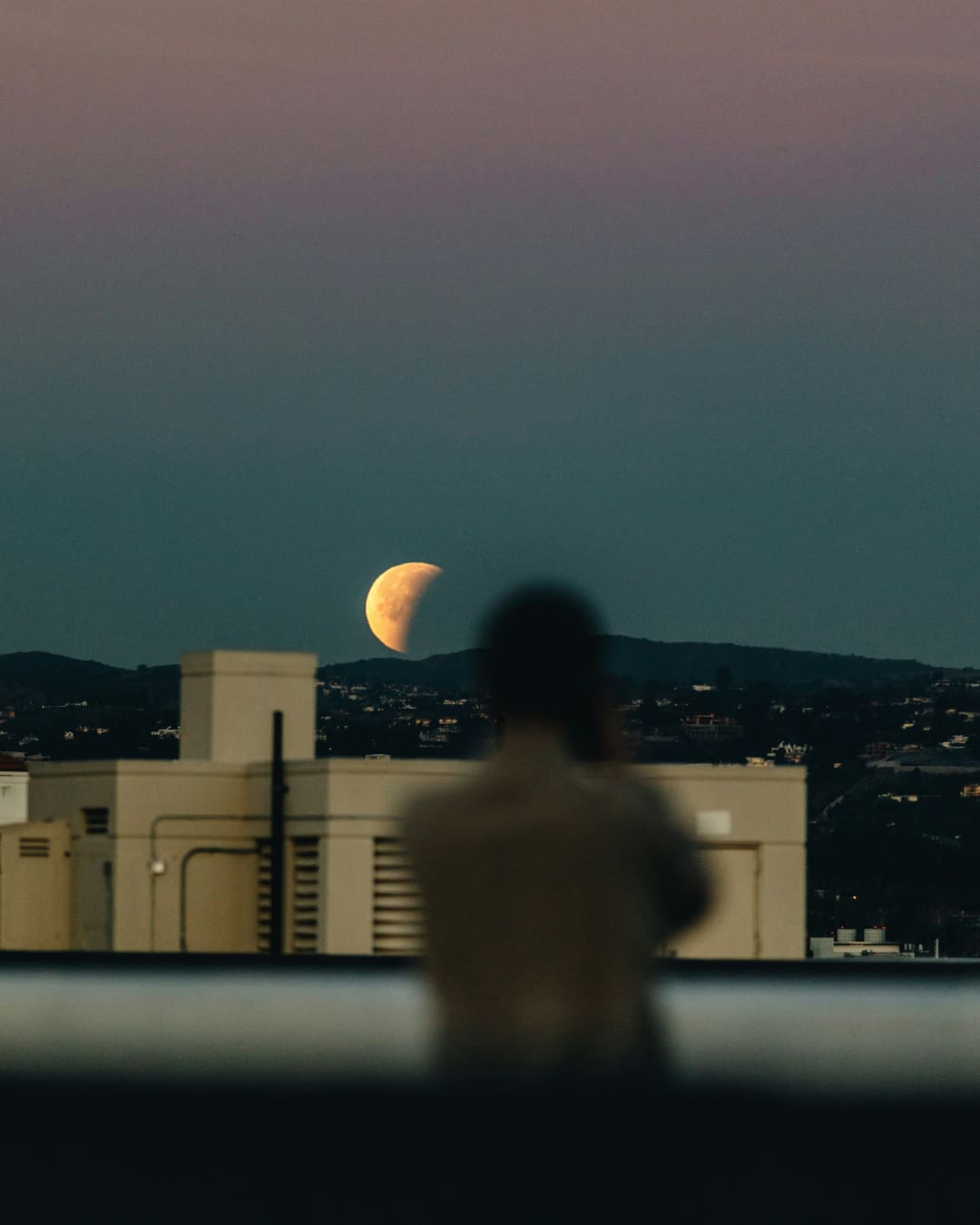
Don’t miss
If you’re seeking great accommodation in the aurora zone, the cutting-edge 7th Room at Treehotel in the rural village of Harads in the Swedish Lapland is worth noting for its exceptional design. Located north of Stockholm and an hour’s drive from Luleå Airport, this two-bedroom treehouse is suspended between staggering spruce and pine trees and was designed to seamlessly meld into the natural landscape with a charred-pine exterior, ash wood floors and birch plywood walls. Guests have access to a private netted terrace where they can enjoy unparalleled sunset views and sweeping vistas of the starry night sky, as well as a seasonal in-house restaurant, sauna, and a riverside hot tub – ideal for sipping wine while marvelling at the Northern Lights’ neon strobes.
